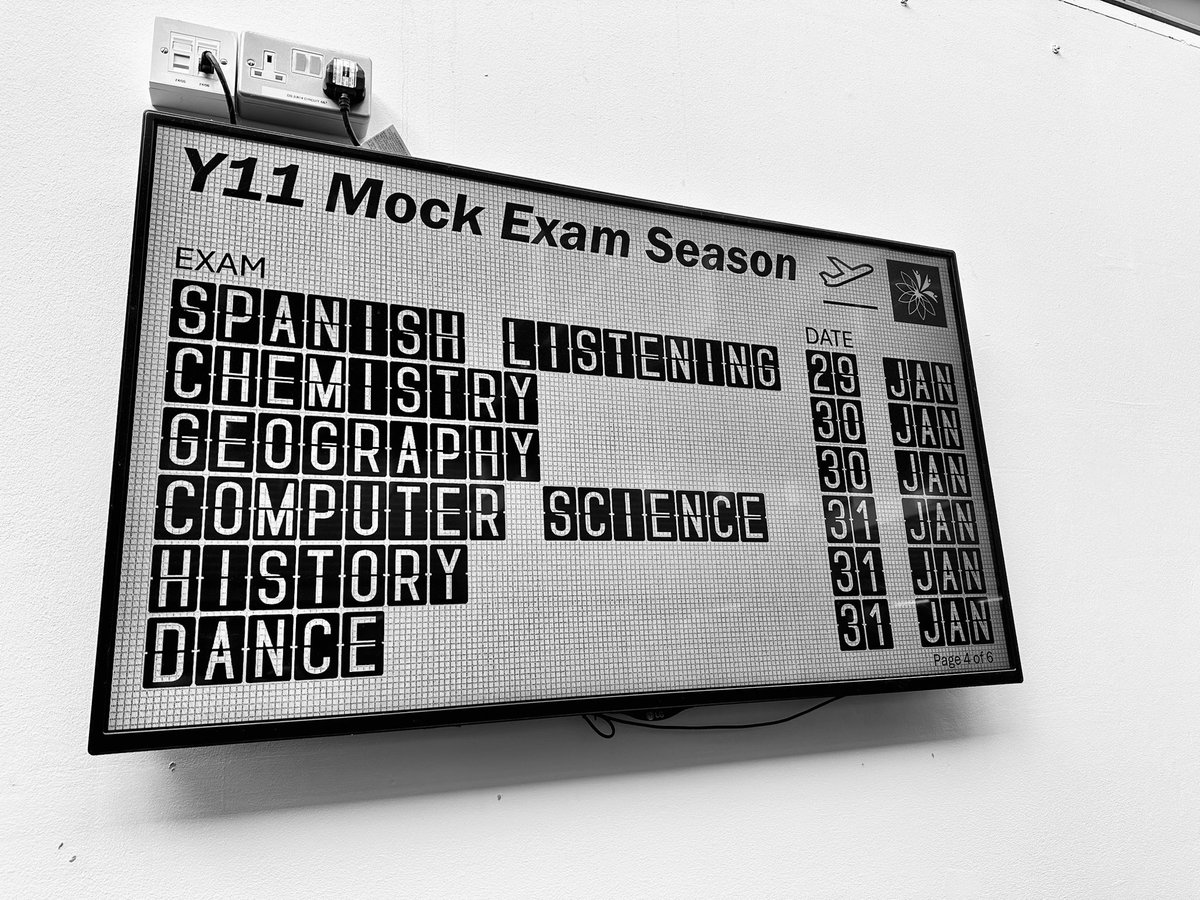Assessment and School Reports
All students in the academy are assessed regularly, with a formal assessment at least twice per academic year.
These tests aim to develop students' exam technique and enable them to demonstrate depth of knowledge, critical thought and, for many subjects, their practical skills. Most importantly, they are used to help gauge progress and to take action to improve your child's learning and progress.
In order to keep you informed about your child's progress, we will report back to you at three points during the academic year - one report for every term. These reports will summarise the academic (based on the termly assessments) and non-academic progress they have made.
What grade should my child be achieving?
The minimum expected grade is complicated as it is based on the actual marks in KS2 tests (or CATs tests for pupils who did not sit KS2 tests) rather than the levels. Our target grades are based on the latest DfE tables, with the target being formulated by our expectation that pupils can achieve one grade higher than the national average. Your child's target grade reflects our expectation that they can meet or exceed at least a grade higher than the national average.
As the tests are designed to cover material that has been taught, we would expect pupils to be able to achieve their target grade at each assessment point. Therefore, maintaining their target grade in a following assessment point would demonstrate that they have made progress because they will have achieved that grade having been tested on a greater quantity of topics. Exceeding their target grade would be exceptional as it would show that they are achieving well beyond expectations.
What happens after the assessments have taken place?
After the assessments have taken place, teachers will review progress in teams and with pupils. Teachers will share the grades as well as strengths and areas to improve with pupils. We expect all pupils to take time to reflect on their progress and to ensure they take the actions needed to improve. Some of the content will need to be re-taught and we have included curriculum time to do this.
At HGA, we have a fluid banding (setting) cycle which works in tandem with the assessment cycle. After the assessment point, teachers sit down with Directors in English, Mathematics and Science and review the current ability bands pupils are in. They use the assessment data but will also discuss classwork and homework in making decisions about any banding changes.
The curriculum has been designed so that the blocks for English, Maths and Science are independent of one another. We understand that learning is not linear and this system allows for pupils to change the band they are in 2-3 times a year and for different subjects. The aim of this is to ensure the pace of the lesson best suits their learning needs and it maximises the chances of them achieving excellent grades by the end of Year 11.
 Use of baseline data
Use of baseline data
Baseline data helps to allocate appropriate tutor groups based upon their demographic and non-academic data which allows for a rich mix of very different personalities and characteristics within each group.
This helps to create a supportive and nurturing environment ensuring that pupils are exposed to peers who can act as role models (supported by the vertical tutor group system) and allows for Behaviour for Learning Leaders within each hub to target specific pupils in order to proactively better support their needs and development.
At KS4, all students are allocated to specific Curriculum Catch-Up sessions delivered by a subject specialist, initially using baseline data and reevaluated after the different assessment points throughout the year. The sessions run four mornings per week for Year 11 and twice weekly for Year 10.
For a more in-depth explanation of our assessment policy, you can download our assessment policy from our Teaching and Learning page.
School reports
Students in the academy are assessed regularly with termly formal assessments taking place. In order to keep you informed about your child/ward’s progress, we will report back to you following these assessments. These reports will summarise the academic (based on the termly assessments) and non-academic progress they have made.
You can download an annotated version of a sample Year 7 report (pictured below) which highlights the key elements.
The report has two main sections:
Top: Attendance and behaviour feature heavily in this section as they are important markers to a student’s final exam grades. Past years have shown that students with attendance over 97% will unsurprisingly achieve better results on average than those with poorer attendance. This is also true for behaviour and as such, both attendance and behaviour are monitored carefully throughout the year to ensure early intervention. We do not act just on poor attendance or behaviour but have a reward system for those students with good attendance and/or behaviour.
Middle: This section shows the subjects that are being taken alongside their most recent assessment grade. A predicted grade is also shown which serves as a guide to what the teacher believes the student is likely to achieve at the end of Year 11 based on their recent assessments, classwork and homework. Finally, a student’s attitude to learning, quality of homework, and presentation of work is also measured and marked where 1 is outstanding and 4 is inadequate.
All students at Harris Garrard Academy will receive a report after an assessment cycle. Students in Years 7 to 11 will receive this twice per academic year and students in Year 12 and 13 will receive three reports.
The reports will be distributed via post and addressed to parents/carers. Students’ reports will provide information about their latest test/assessment grades, attendance and Harris Points. Other items may include predicted grades and/or action points for students to target.





















